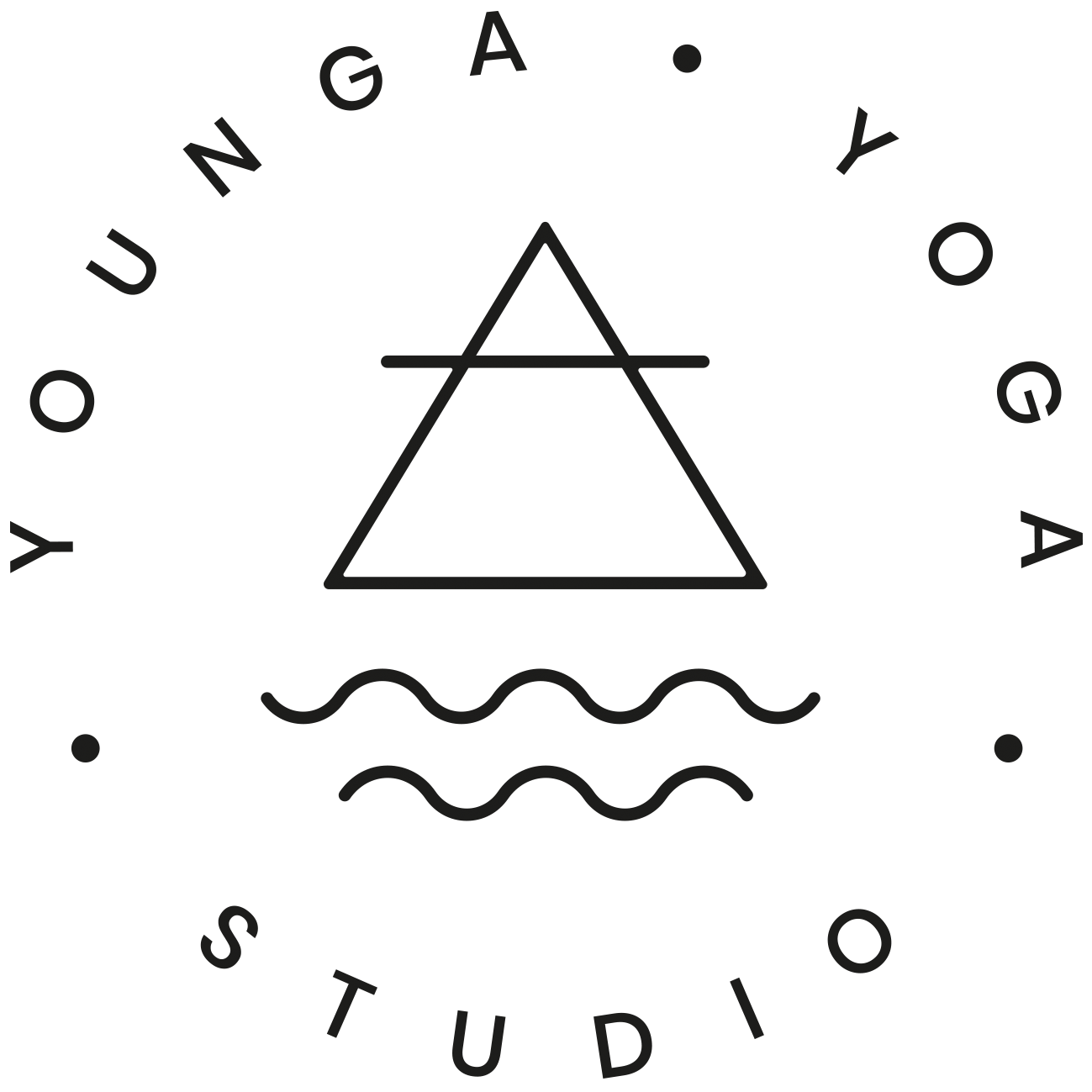[VIDEO] DOWNWARD DOG TUTORIAL
Curious about how to align your body in Downward Dog?
Or maybe you’d like to find ways to ease the pose if you have tight hamstrings?
In this quick video tutorial, Deb Young (co-founder of Younga Yoga) shares some of her tips with you.
You might have heard your teacher saying… “take a rest in downward dog”…
But the truth is that when you first start yoga… downward dog doesn’t feel like a rest at all.
Downward dog is probably going to be making an appearance in most of your classes, and despite its frequency - it can be one of the most complex postures for new yogis to ‘feel a sense of ease’.
Let’s look at one of the teachings from Patanjali’s yoga sutra - one of the most famous yogic texts, informed by Classical Yoga.
Sthira Sukham Asanam
This sutra or ‘thread’ can be loosely translated as when our seat, posture, or ‘being’ has a balance between effort and ease - then we rest in the state of yoga, or “resolutely abide in a good space.”
So - why is this important? Well, if we can strike a balance between effort and ease in our physical body ON the yoga mat… it stands to reason that we can take that teaching off the mat into our daily life.
Even though downward dog looks kind of simple... It’s freaking hard! So if you’ve ever tried to do this posture but felt your arms shaking or your hamstrings screaming, then you’ll most likely feel it is the complete opposite of a ‘yogic state’! The goal here is to find enough physical engagement to support our back and improve our posture and do so whilst maintaining a steady calm breath so that we can also access the meditative elements of the practice.
WHY DO THIS POSE?
Downward dog is a fantastic posture to help traction your spine (which is awesome if you sit or stand all day), stretch out tight hamstrings & improve mental clarity.
But the challenge is that once you are IN the pose, trying to connect with your breath… suddenly things don't seem that easy.
WHY IT CAN BE CHALLENGING
The problem is, for many of us, downward dog doesn’t feel very restful! And when you’re hanging upside down, it's hard to see the teacher, which can feel confusing because there’s a lot going on and might leave you wondering if you're 'doing it right'.
In this quick video we're going to show you how to create freedom & ease in downward dog and share our top tips:
✨From child’s pose, stretch your arms out straight, plant your hands and lift your hips to make an inverted triangle shape. Hands shoulder width apart, feet hip width and slightly turned inward.
✨Bend the knees a little if your hamstrings are super tight to facilitate length in your lumbar spine.
✨Press into the index finger side of your palms to help rotate the forearms inward and engage the arms. See if you can feel the space between your shoulder blades engage.
✨From there, guide your tailbone up and back and lengthen through the spine.
If you struggle with downward dog - don’t worry - it DOES get easier with practice - but know you can always come to your knees and rest in puppy pose, or drop the hips to the heels in child’s pose.
Let us know your experience in Downward Dog in the comment section below!

